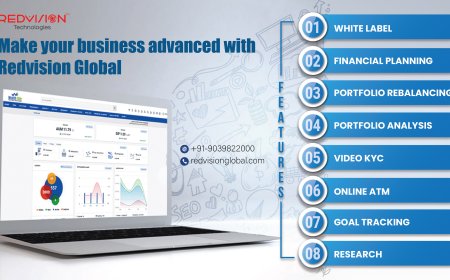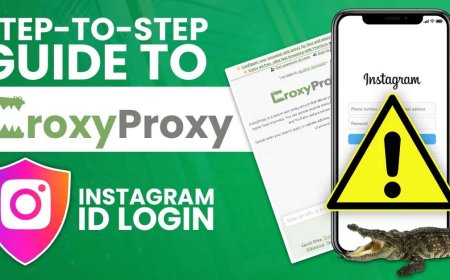What Every Compliance Executive Must Know About Data Laws

In todays hyperconnected world, data is currency. Organizations collect, process, and analyze unprecedented volumes of personal, financial, and behavioral information every day. With this surge comes increased regulatory scrutiny and complexity, especially for those at the helm of corporate governanceCompliance Executives. Navigating the labyrinth of global data laws is no longer a secondary concern; its now a central pillar of corporate compliance and risk management. If youre a Compliance Executive seeking to future-proof your organization, understanding the evolving data law landscape is non-negotiable.
The Expanding Scope of Data Privacy Regulations
The global push toward data privacy started gaining momentum with the enactment of the General Data Protection Regulation (GDPR) in the European Union in 2018. Since then, countries across continents have introduced their own data protection laws, with varying scopes and enforcement mechanisms. These include the California Consumer Privacy Act (CCPA) in the U.S., India's Digital Personal Data Protection Act, Brazils LGPD, Chinas Personal Information Protection Law (PIPL), and South Africas POPIA.
For the Compliance Executive, this ever-growing web of legislation represents both a challenge and an opportunity. The challenge lies in ensuring compliance with multiple jurisdictionsoften with conflicting requirements. The opportunity? Demonstrating your organizations commitment to ethical data use and privacy can serve as a competitive differentiator in a market increasingly driven by consumer trust.
Data Localization and Cross-Border Transfer Rules
One of the more complicated aspects of modern data laws is the issue of data localization. Some countries mandate that certain dataespecially sensitive personal or financial datamust be stored within national borders. This affects everything from cloud service providers to internal IT infrastructure planning.
Similarly, rules around cross-border data transfer require that data sent outside a countrys jurisdiction meets specific safeguards. For instance, GDPR allows data transfers only to countries that ensure an adequate level of data protection or if appropriate contractual clauses are in place.
As a Compliance Executive, it is imperative to Find Out More about where your organizations data is physically stored and how it travels across borders. Without this knowledge, you're at risk of violating localization mandates or data export restrictions, which can lead to fines, legal action, or even a ban on certain business operations.
Consent Management and Purpose Limitation
Modern data laws emphasize the principles of consent and purpose limitation. GDPR, for instance, requires that consent for data processing must be freely given, specific, informed, and unambiguous. Additionally, data collected for one purpose cannot be repurposed without additional consent.
This means your organization must have clear policies around:
- How consent is obtained and recorded
- How users can withdraw consent
- How data is stored and used only for declared purposes
If youre unsure where to begin, check over here for best practices on consent frameworks and data use limitation protocols that align with global compliance standards.
Data Breach Notification Requirements
Data breach incidents have become alarmingly frequent, affecting businesses of all sizes. In response, most data protection laws now impose strict data breach notification requirements. For example, GDPR mandates that a breach be reported within 72 hours of discovery, while other laws have similar or even shorter timelines.
This has significant implications for internal coordination. A Compliance Executive must ensure that:
- Incident response teams are trained and ready
- Notification templates are pre-drafted
- Roles and responsibilities in breach events are clearly assigned
- Regulatory timelines are integrated into the incident management process
Quick and transparent reporting not only satisfies legal requirements but also helps maintain public trust. If your organization lacks a robust breach protocol, you should go right here to explore frameworks that can be adapted to your specific industry.
Data Subject Rights and Internal Readiness
Another cornerstone of modern data laws is the concept of data subject rights, which grants individuals control over their data. These include the rights to access, correct, delete, restrict processing, and even data portability.
A proactive Compliance Executive must coordinate with HR, IT, and legal departments to ensure the organization is equipped to handle such requests within the legally defined timelines. Failure to comply can result in regulatory fines and reputational damage.
To prepare:
- Develop an internal playbook for handling rights requests
- Establish secure identity verification procedures
- Maintain a centralized registry of data subject interactions
You can Find Out More by studying how leading firms are operationalizing data subject access mechanisms effectively and securely.
Emerging Technologies and Data Compliance
Artificial intelligence, machine learning, and big data analytics are revolutionizing how organizations process information. However, these technologies also introduce new compliance risks. For instance, AI systems often rely on massive datasets that may include personal information. Data laws are beginning to address algorithmic transparency and the right to contest automated decisions.
Compliance Executives must ensure that:
- AI models are trained on ethically sourced data
- Usage of personal data in AI respects consent and purpose principles
- There is human oversight in automated decision-making processes
As innovation surges ahead, its vital to check over here for updates on how data laws are evolving to govern emerging technologies.
Practical Steps Toward Compliance Maturity
To successfully manage the compliance lifecycle in a complex data law environment, every Compliance Executive should focus on building a compliance maturity model. This typically includes:
- Assessment and Audit Conduct regular assessments to understand your current compliance standing.
- Governance and Policies Establish a formal data governance structure with clear roles.
- Training and Awareness Invest in employee training to foster a culture of compliance.
- Technology Enablement Use tools like Data Loss Prevention (DLP), encryption, and consent management systems.
- Continuous Improvement Periodically review and update policies in response to regulatory updates.
Start with a baseline evaluation and go right here for templates and tools that can help you scale compliance initiatives without reinventing the wheel.
Final Thoughts
For todays Compliance Executive, mastering data laws is no longer a siloed taskits a strategic imperative. The penalties for non-compliance are severe, and the reputational risks can be catastrophic. On the flip side, a proactive and well-informed approach to data compliance can become a business enabler, enhancing consumer trust, driving transparency, and opening doors to new markets.
In a world increasingly governed by data, make sure you're not only keeping upbut staying ahead. Whether you're navigating new mandates, responding to breaches, or championing ethical data use, the path to compliance begins with knowledge.































